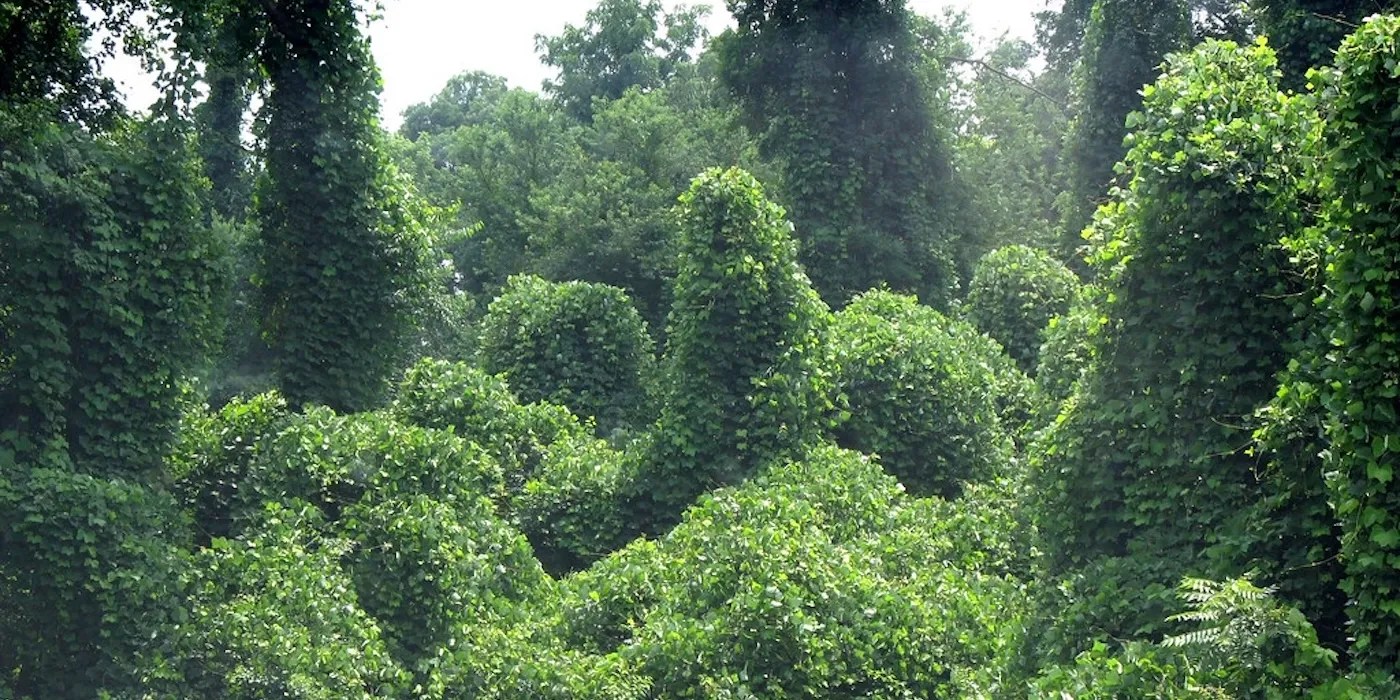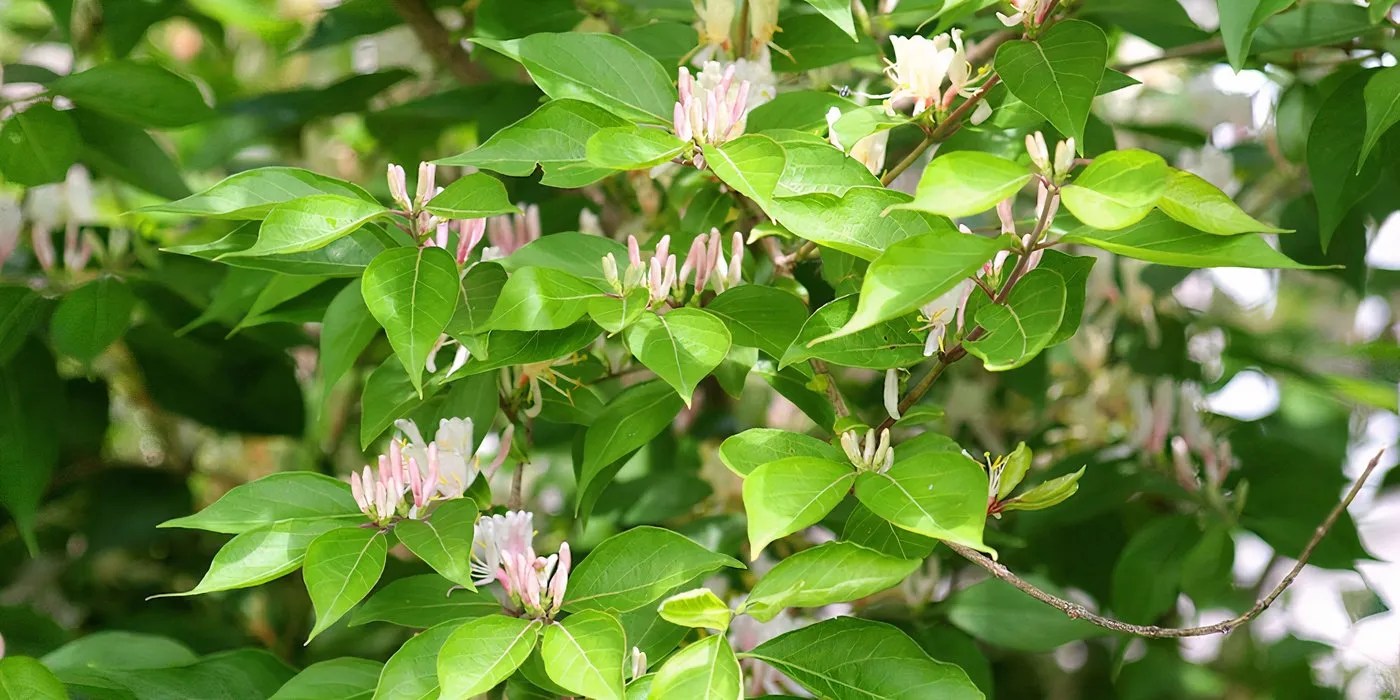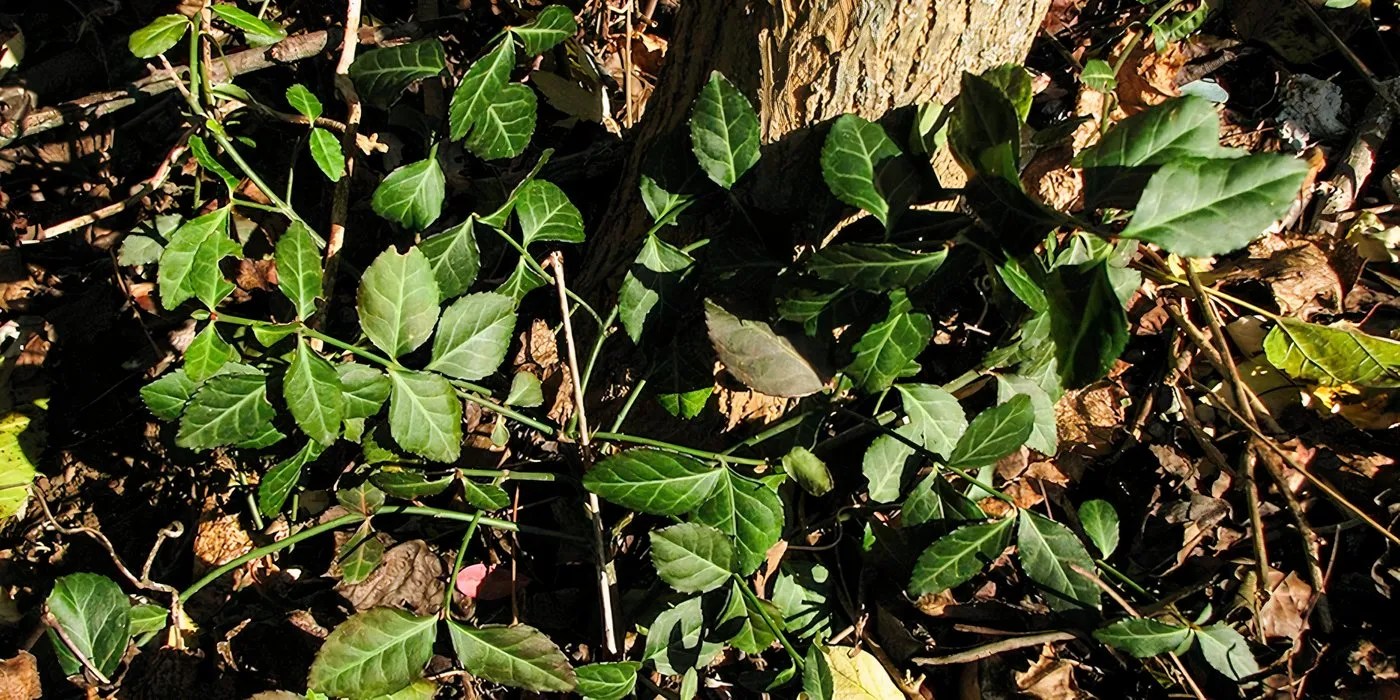Summary
Invasive plantsare like unwelcome invitee at an ecological party . They are non - native specie that have been introduced to a new environment , either unexpectedly or intentionally . Unlike containedhouseplants , invading species aggressively regurgitate and spread , disrupting the fragile residue of the existing ecosystem .
These aggressive plants often lack the natural controls ( predators and diseases ) they face in their native habitat . This allows them to out - compete aboriginal plant life for resources like sunlight , water , and nutrients . As these illegal works take over , they can herd out native wildflowers , tree , and shrubs , reducing biodiversity and create immense monocultures ( area dominated by a individual mintage ) .
Discover six of the worst and illegalinvasive industrial plant , so you may keep them out of your chiliad .

Image credits:TippyTortue via Shutterstock
1Kudzu
Known as the vine that ate the south
Thisnotorious , invasive plant is aboriginal to eastern Asia . While it might have been introduced with good intentions for erosion control in the south - easterly United States in the early twentieth 100 , it ’s become a major bionomic headache .
know as one of themost dangerous plant , the State of New York took a stand againstkudzuin 2014 , sort out it as a prohibited plant under the Environmental Conservation Law . This lawmaking restricts egest activities relate with the works , likely due to its invading nature .
2Japanese Knotweed
Beautiful, edible, but horrible for your lawn
Japanese knotweed is another unwelcome guest in North American ecosystems . These fast - growingweeds , native to eastern Asia , have become majorinvasive plantsdue to theirrelentless and strong-growing growth habitsand characteristics .
have or plant Japanese knotweed in Michigan is illegal unless you have a permit from the Michigan Department of Agriculture and Rural Development . exception are made for designation purposes or as part of control efforts .
3Asian Bush Honeysuckles
The sweet-scented invader
While their name might evoke a sense of fragrant blooms , Asiatic bush honeysuckle are aninvasive plants specieswreaking havoc on North American ecosystem . These fast - growing shrubs , native to eastern Asia , were bring in as decorative plant but have become a major bionomical concern .
The Maryland Department of Agriculture designate these as high - riskinvasive plants(Tier 1 ) in February 2018 . This classification prohibits any activeness in Maryland that take spreading the plant , include propagation , import , sales event , or transportation .
4Purple Wintercreeper
The pretty but problematic groundcover
Purple Wintercreeper , known for its attractive evergreen foliage , hides a dark arcanum : it ’s a underhand encroacher in many part of North America . Despite its cosmetic ingathering , this tight - grow vine poses a significant menace to native ecosystems .
Indiana bans over-embellished wintercreeper due to its harmful impact on the environment . purchasing , selling , transporting , or sharing theseinvasive plant life speciesis illegal within the state .
5Asian Bittersweet
A beautiful threat in disguise
Asian Bittersweet , also be intimate as Oriental Bittersweet or Chinese Bittersweet , is a misleadingly attractive vine wreaking havoc on natural ecosystems in North America . While their glossy leaf and vibrant orange fruits might seem appealing , theseinvasive flora speciespose a pregnant threat due to their aggressive characteristics .
This beautiful vine , primitively introduced for landscaping , is now prohibited in Connecticut due to its environmental threat . purchasing or moving theseweedsis illegal . For merry decorations , consider using aboriginal plant instead !
6Autumn Olive
A double-edged sword with thorny consequences
Autumn European olive tree is a harmless ornamental bush with silvery leafage and red fruit , but beneath its pleasant frontage lie in an aggressive invader in many parts of North America .
Although not universally banned , many environmental organizations propose against plant this invading species .
While there is no individual federal law banninginvasive plants , some are illegal in percentage of the USA . For illustration , the State of Maryland hasprohibited planters and nurseriesfromplanting and sell invasive specieslikeKudzu . Before planting any newfangled landscaping feature article , it ’s crucial to research the invasive plant laws in your state or territory . you’re able to do so by reach your state ’s Department of Agriculture or by research government activity websites online for further info , so you do n’t end up implant some of the most dangerous plants in your backyard .

Image credit:robertmichalove via Openverse

Image credit:U. S. Fish and Wildlife Service - Northeast Region via Openverse

Image credit:Indiana Ivy Nature Photographer via Openverse

Image credit:bloomingtonurbanwoodlandsproject via Openverse

Image credit:Cbaile19 via Openverse

Image credit:cultivar413 via Openverse